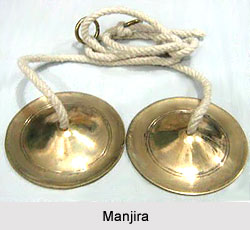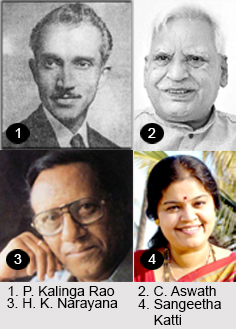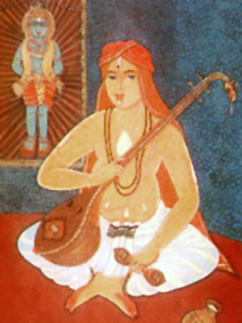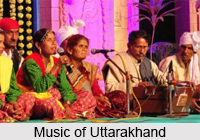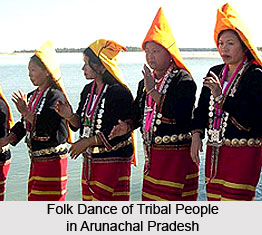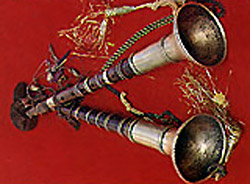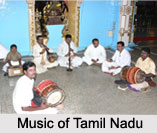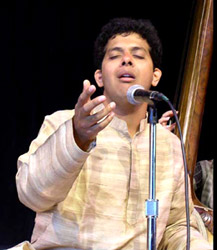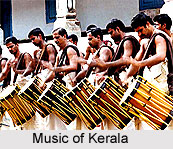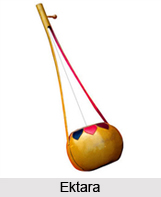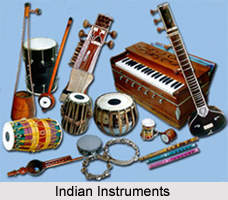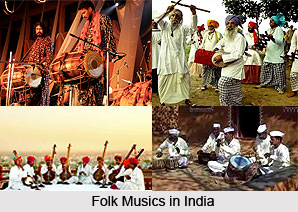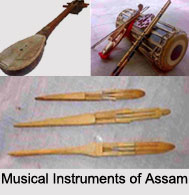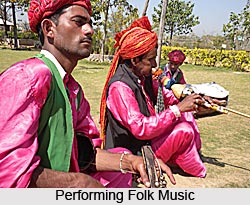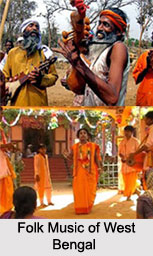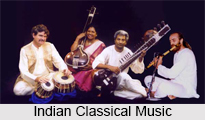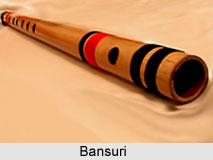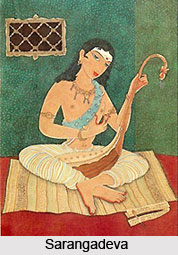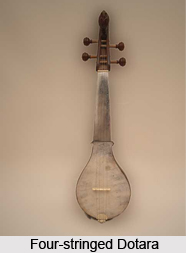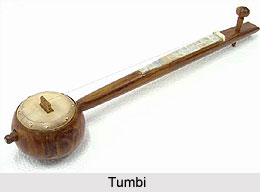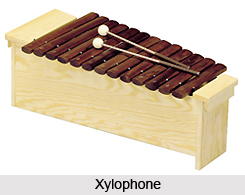Gobarahara Bani Dhrupad is sung in the Raaga Utari Gunakali. The Tala is Chautala. Raaga Utari Gunakali is a very rare Raaga of North India. The Alaap in this particular Dhyrupad is very short and devoid of any Layakari. There are no drawn out Gamakas used. During the singing of the composition also only one rhythm is used all through. There are no Layakaris nor is there any bolabanta in the composition. In this particular Dhrupad the singer sings the Alaap in nom tom. The Alaap lasts for one and a half minutes and is sung only in one tempo throughout. The Alaap opens as well as ends on madhya sa. The range of tonal values in Alaap is from mandra komala dha to madhya komala ni. The Alaap has no Gamakas.
Immediately after Alaap he takes up the composition which is sung in Thaha all through. The Sthayi is commenced with madhya komala dha and concluded also with the same note. During Sthayi the range of tonal values is from mandra komala dha to madhya ni (middle B). After completing Sthayi and before taking up Antara, the singer sings the first Avarta of Sthayi. The melody of this Avarta is the same as that of the first Avarta of Sthayi in the beginning of the composition. After this, he sings Antara, Sanchari and Abhoga all in one sequence.
The Antara starts with madhya komala dha and ends with madhya sa. The tonal range of Antara is from mandra komala dha to tara sa. He sings mindas from madhya komala dha to tara re, madhya komala dha to tara sa, tara sa to madhya komala dha, madhya komala dha to madhya ma and madhya ma to madhya komala re. The Sanchari starts with mandra ma and ends with madhya sa. Its tonal range is from mandra ma to madhya ni. There are very few mindas in Sanchari.
Then the singer sings Abhoga and commences it with tara sa and ends it with madhya sa. The tonal limits are from madhya sa to tara ma. There is good use of mindas in this piece. After this he concludes the performance by singing the first and the second Avartas of Sthayi with a slight change in melody.
